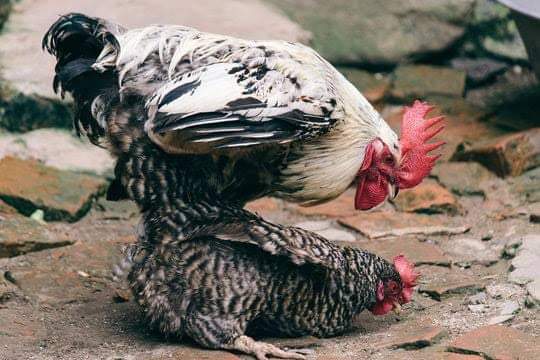The fertilization process in chickens
The fertilization process in chickens is an internal process where the sperm fertilizes the egg before the eggshell forms. Here’s how it generally happens:
1. Mating: When a rooster mates with a hen, it transfers sperm into the hen’s reproductive tract through a process called the “cloacal kiss.” The cloaca is the common exit for the digestive, urinary, and reproductive tracts in birds.
2. Sperm Storage and Transport: The sperm then travels up the hen’s oviduct, where some of it is stored in specialized sperm storage glands. These glands allow the sperm to survive for an extended period (up to several weeks) and can fertilize multiple eggs laid during this time.
3. Fertilization: When the hen ovulates, an egg (yolk) is released from her ovary and enters the oviduct. If sperm is present in the oviduct, it can fertilize the egg as it travels down. Fertilization occurs at the top part of the oviduct, known as the infundibulum. Here, a sperm penetrates the egg cell, merging with it and completing fertilization.
4. Egg Development and Formation: After fertilization, the egg continues down the oviduct, passing through sections where it accumulates layers such as the egg white (albumen), membranes, and finally, the shell. The shell is added last in the uterus, or shell gland.
5. Egg Laying: Once fully formed, the fertilized egg is laid by the hen. If incubated, the embryo will develop within the egg, leading to the hatching of a chick after about 21 days. If the egg isn’t fertilized, it will still be laid but won’t develop into a chick.
Overall, this process enables hens to lay fertilized eggs even if they only mate occasionally, thanks to the sperm storage ability in their reproductive system.




